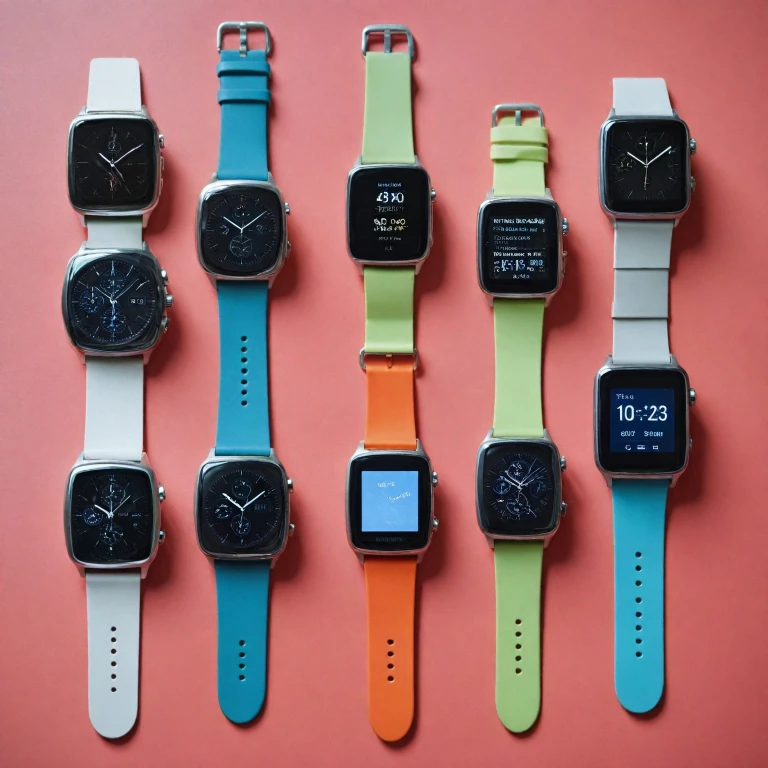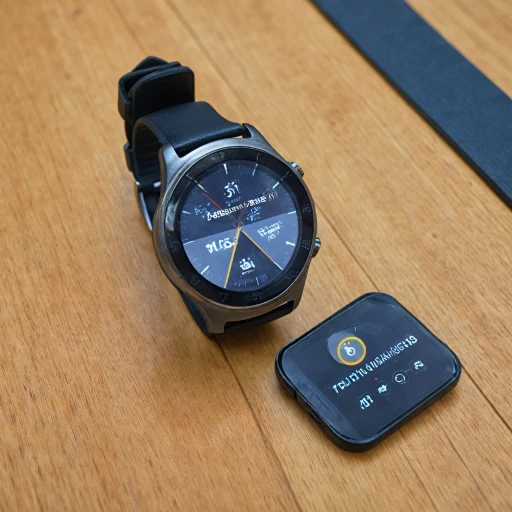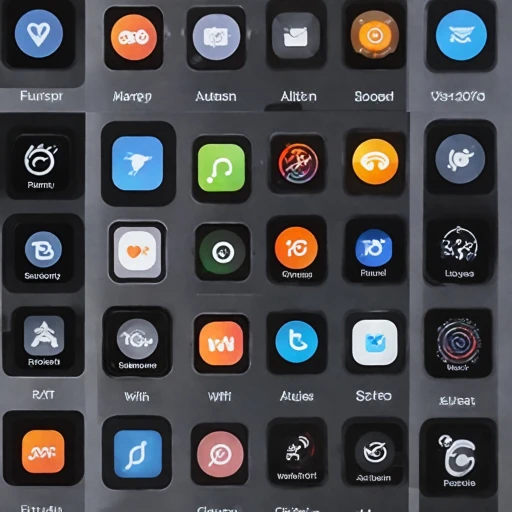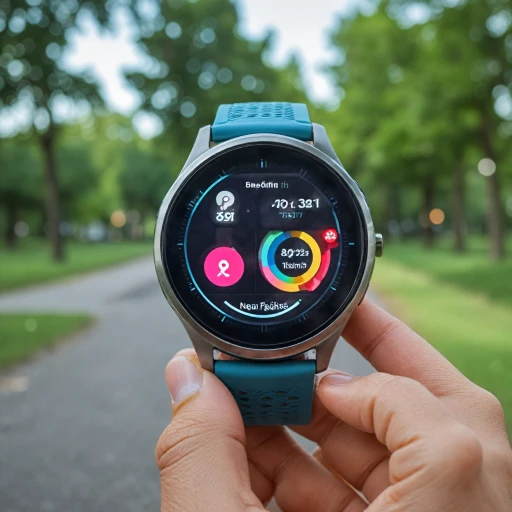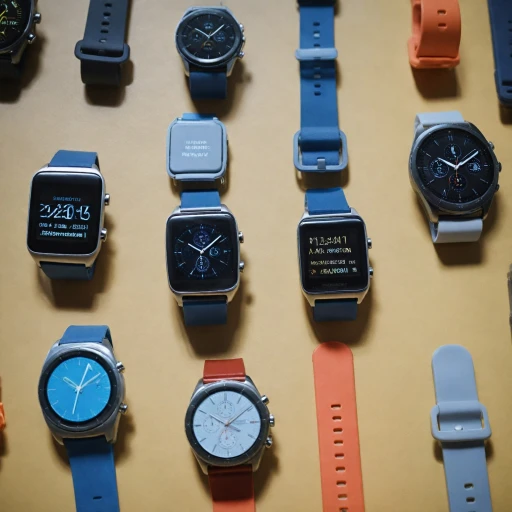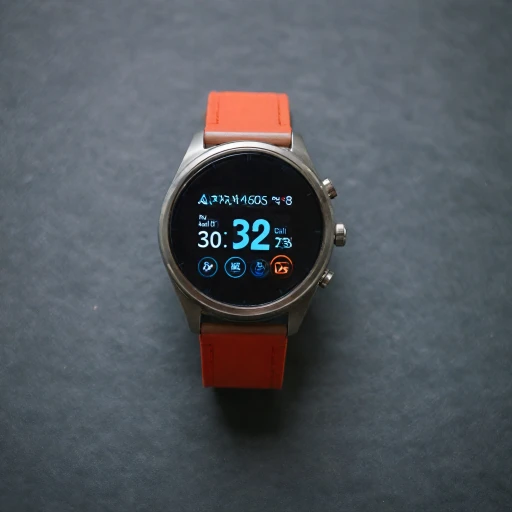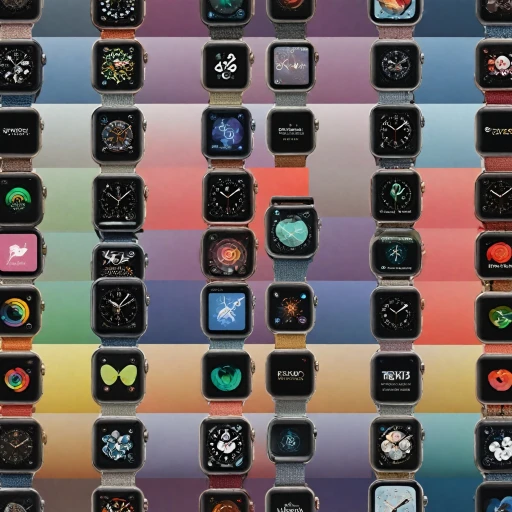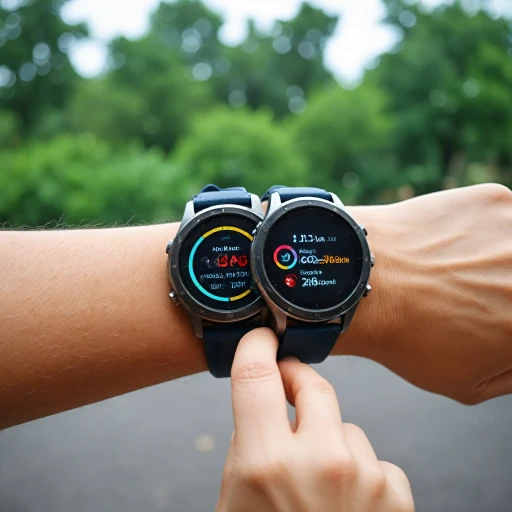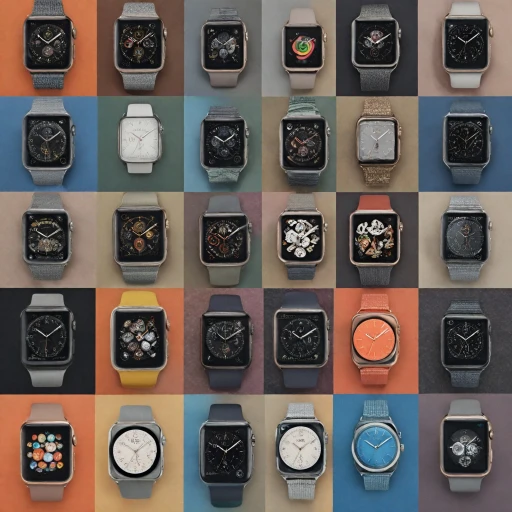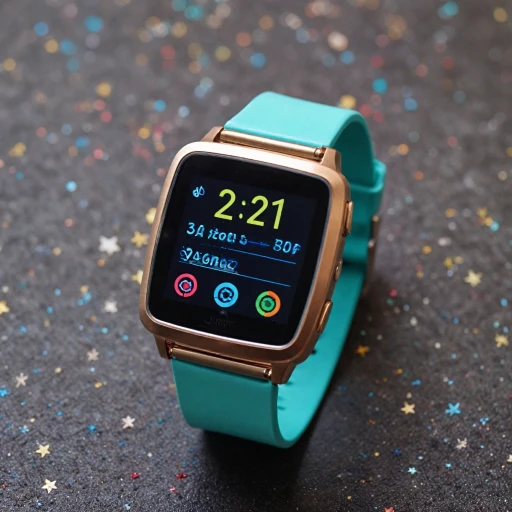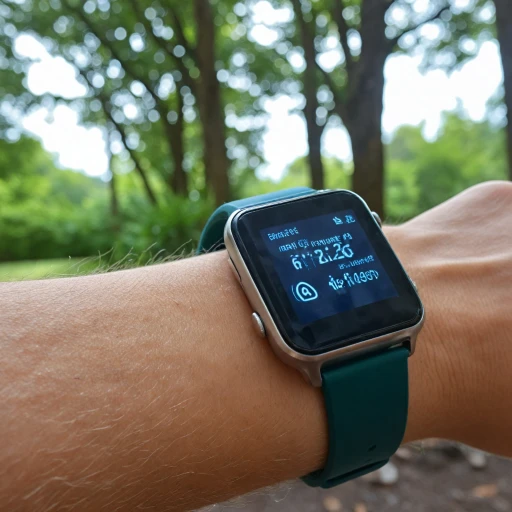
The Birth of a Revolutionary Wearable
Genesis of the Apple Watch
In the world of wearable technology, the Apple Watch has carved a significant niche, establishing itself as a pivotal gadget in our daily lives. First introduced in April 2015, the Apple Watch quickly became a game-changer, merging innovation with convenience. This revolutionary wearable was hailed for its elegant blend of high-end technology and fashion. Initially, the debut model was offered in various finishes, including gold and silver, to appeal to different style preferences. Apple also introduced space black and space gray options, alongside the more traditional silver aluminum and stainless steel cases. The design was versatile, fitting seamlessly into both casual and professional settings. One of the defining features of the early watch models was their Retina display, which set the stage for future iterations with its sharp, vibrant visuals. The integration of the digital crown provided a novel way to browse apps without obstructing the display, adding to the watch's user-friendly allure. Moreover, the sapphire crystal on select models offered enhanced durability. Another aspect that captured the market's attention was the option for GPS and GPS cellular capabilities. This allowed users to keep connected to their iPhone seamlessly, enhancing accessibility whether on the go or at home. For individuals passionate about fitness, the Apple Watch started its journey with basic fitness tracking capabilities, which have since evolved robustly, focusing on heart rate and water resistance. Battery life was a strong point, designed to last up to 18 hours, a benchmark for the industry at that time. To explore more about the transformative impact of the Apple Watch since its launch, feel free to visit exploring the features of the Apple Watch X, where we delve deeper into its pioneering journey in wearable technology.Tracking the Technological Advancements
The Evolution of Apple's Technological Innovations in Wearables
As the Apple Watch journeyed through various series, each model brought groundbreaking technological advancements, significantly enhancing user experience. Apple continually aimed to set new industry benchmarks with each iteration, refining core elements while introducing new features.
The improvements in the quality and display technology have been notable. The retina display evolved over the years, delivering crisp visuals and vibrant colors both indoors and outdoors. For instance, users quickly appreciated the availability of options like the space gray, silver aluminum, and gold casing colors, adding a touch of style to the functional design.
The introduction of the Apple Watch Ultra brought the sapphire crystal watch face, accentuating its resilience against scratches and enhancing longevity. This was a defining moment in the technology upgrade roadmap, providing users with a durable yet sophisticated option.
On the connectivity front, the integration of GPS and GPS cellular capabilities catered to adventurers and fitness enthusiasts alike. With the Apple Watch Series, individuals could experience a seamless cellular integration that enabled calling and streaming without the need for an iPhone nearby.
Another impressive leap was the improvements made in heart rate monitoring technology, evolving to provide accurate and continuous tracking. This reflected Apple's commitment to health and fitness innovations, aligning with the Watch's overarching purpose of promoting wellness.
With every innovation, Apple has contributed significantly to battery life enhancement. While the early models provided several hours of usage, newer versions extend this enabling day-long use even with intensive applications engaged. The introduction of varying case materials from stainless steel, black stainless, and ceramic to space black expanded consumer choices, emphasizing design customization alongside robust technology. Each of these developments marks a step in Apple's ongoing commitment to evolve the Apple Watch's functionality and features. For more in-depth insights on Apple’s direction with their watches, explore further here.
Design Evolution Over the Years
Transformative Design Shifts
Over the years, the Apple Watch has seen significant shifts in its design, as new technologies were introduced and consumer preferences evolved. The original models introduced in 2015 came with a simple yet elegant selection of materials including stainless steel, aluminum, and a luxurious gold edition. These materials offered the first taste of personalization and choice based on style and budget. With each subsequent model, Apple expanded its design portfolio, notably with the introduction of space gray and space black finishes, which continue to be popular among enthusiasts.
The display has also been a focal point of evolution. The transition from the original OLED display to the Retina display in later models enhanced clarity and visibility, making it easier to read notifications and check the time under various lighting conditions. This was a game-changer for users who rely on their watches throughout the day. The inclusion of features like the sapphire crystal layer has further elevated the durability and scratch-resistance of these displays.
Apple continuously experiments with different case materials. Beyond the original gold and stainless steel, other models incorporated more options like silver aluminum and ceramic, each appealing to unique aesthetic preferences. Even the shades of the watches, such as product red, silver, and black stainless, reflect a commitment to design diversity that attracts a wide range of users.
Functionality is also a key element of Apple Watch design. The digital crown, a signature component, has evolved to provide improved navigation and more intuitive scrolling. The response from users has been strong, with many praising the balance it strikes between traditional watch elements and modern technology.
The development of water resistance capabilities has been another pivotal design feature. As newer models were introduced, Apple watches boasted increased levels of water resistance, making them more suitable for swimming and other water-based activities. This innovation extends the usability of the watch beyond basic fitness tracking, proving its versatility.
For those interested in broader smartwatch options, particularly in understanding what different manufacturers offer for style and technology, there's a comprehensive guide on smartwatch options for women available.
Health and Fitness Innovations
Innovations in Health and Fitness
The Apple Watch series has continuously pushed the boundaries in health and fitness tracking, transforming the wearable tech landscape. Starting from the basic pedometer and heart rate monitoring features, Apple has made significant strides with each new model.- Heart Rate Monitoring: Initially, heart rate monitoring was a simple addition. Over the years, advances in the Apple Watch have made it an essential tool for heart health, offering alerts for irregular rhythms and high or low rates.
- ECG App: Introduced in recent models is the ECG app, which allows users to take an electrocardiogram right from their wrist. This development has been pivotal in allowing users to monitor heart health more closely and share data with their healthcare providers.
- Blood Oxygen Monitoring: Another breakthrough is the ability to monitor blood oxygen levels. This feature helps users gain insights into their respiratory health and overall wellness, proving useful in conditions such as sleep apnea or during high-altitude activities.
- Fitness Metrics and Workouts: The watch series also supports a wide range of workouts. With GPS functionality, whether you are running, swimming, or hiking, the tracking is precise, delivering accurate fitness metrics. The watch ultra model is water-resistant and designed for more rigorous outdoor pursuits, making it a versatile option for athletes.
- Advanced Sensors: Incorporating advanced sensors, Apple watches now offer comprehensive fitness monitoring. Integrating with the larger Apple ecosystem, these sensors synchronize data seamlessly with other devices like the iPhone, providing long-term data analysis and insights into health trends.
- Battery Life Considerations: While offering myriad health features, the battery life remains impressive, allowing users to track activities over extended hours without frequent recharging.
